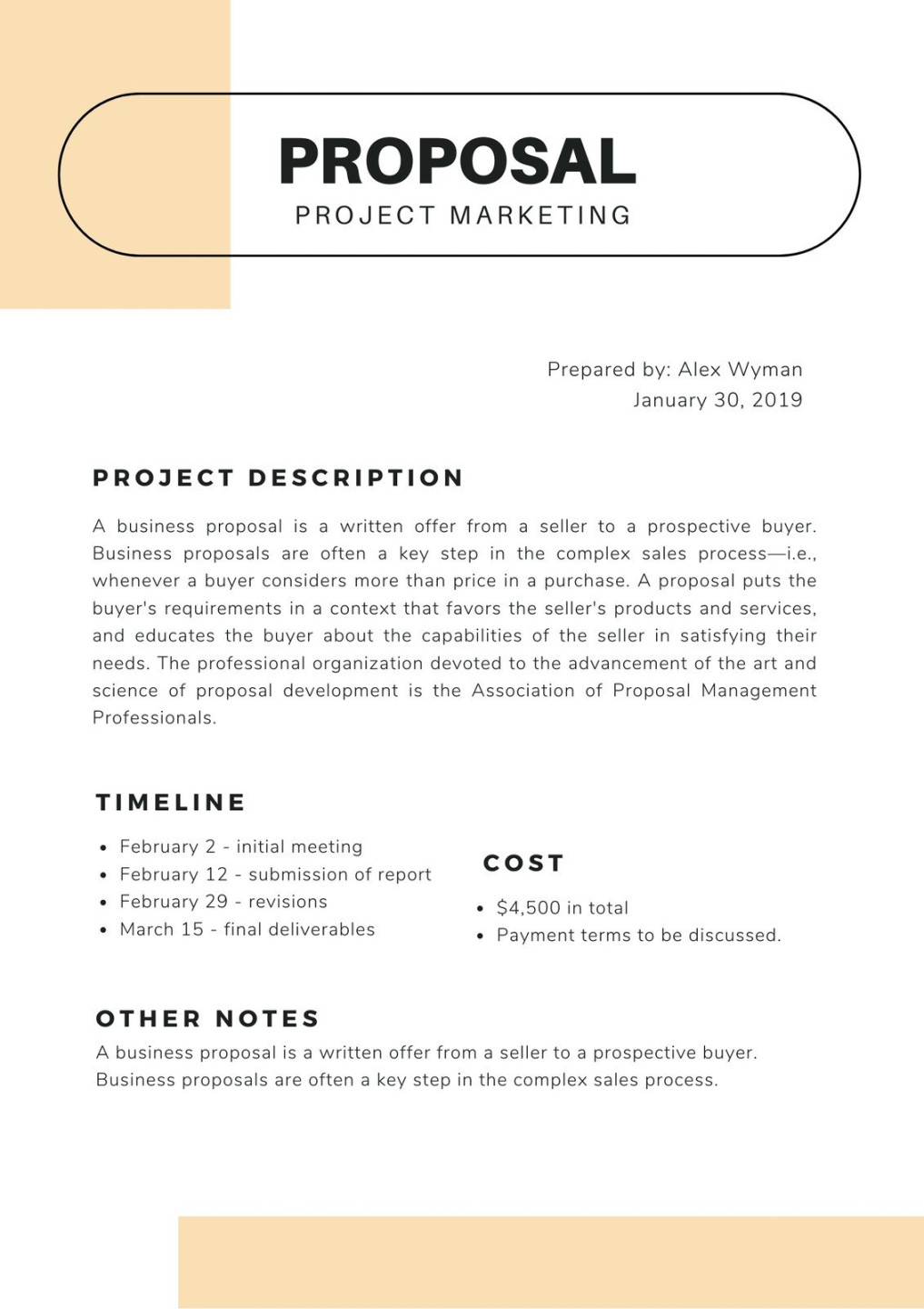A well-structured written proposal is a powerful tool that can help you secure business deals, win grants, or convince stakeholders to support your ideas. By creating a professional and persuasive proposal template, you can consistently deliver high-quality documents that leave a lasting impression.
Key Elements of a Professional Written Proposal Template
A well-structured written proposal typically includes the following key elements:

Image Source: canva.com
1. Title Page
The title page is the first impression of your proposal. It should be visually appealing and include the following information:
Proposal Title: A clear and concise title that accurately reflects the subject matter of your proposal.
2. Executive Summary
The executive summary is a concise overview of your entire proposal. It should be written in clear and concise language, and it should highlight the key points of your proposal. This section is often the first thing that potential clients or stakeholders will read, so it’s important to make a strong first impression.
3. Problem Statement
Clearly articulate the problem or challenge that your proposal aims to address. This should be a concise and compelling statement that highlights the significance of the problem and the need for a solution.
4. Proposed Solution
Present your proposed solution to the problem. This should be a detailed and well-thought-out plan that outlines the steps you will take to address the problem. Be sure to emphasize the benefits of your solution and how it will meet the specific needs of your client or stakeholder.
5. Methodology
If your proposal involves a specific methodology or approach, provide a detailed explanation of how you will implement your solution. This could include information on the tools, techniques, and resources that you will use.
6. Timeline
A detailed project timeline outlines the key milestones and deadlines for your project. This helps to ensure that the project stays on track and meets the agreed-upon timeframe.
7. Budget
A clear and detailed budget is essential for any proposal. It should outline all of the costs associated with your project, including labor, materials, and other expenses.
8. Team
If your project involves a team of people, introduce your team members and their relevant qualifications and experience. This can help to build credibility and demonstrate your team’s capabilities.
9. Evaluation Metrics
Clearly define the metrics that will be used to measure the success of your project. This could include key performance indicators (KPIs) or other relevant metrics.
10. Conclusion
Summarize the key points of your proposal and reiterate the benefits of your solution. You may also want to include a call to action, encouraging the reader to approve your proposal.
Design Elements for a Professional Proposal Template
To create a truly professional proposal template, pay attention to the following design elements:
Font: Choose a clear and easy-to-read font, such as Times New Roman, Arial, or Calibri. Avoid using decorative or overly stylized fonts that can be difficult to read.
By following these guidelines and paying attention to the design elements, you can create a professional and persuasive proposal template that will help you achieve your goals.